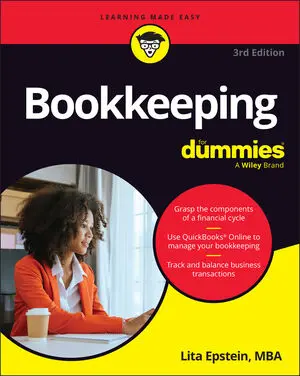In bookkeeping, the current ratio compares your current assets to your current liabilities. This ratio provides a quick glimpse of your company’s cash flow — its ability to pay its bills. The formula for calculating this important ratio is as follows:
Current assets ÷ Current liabilities = Current ratio
The following is an example of a current ratio calculation:
$5,200 ÷ $2,200 = 2.36 (current ratio)
The current ratio is one way lenders test your cash flow when they consider loaning you money. Lenders usually look for current ratios of 1.2 to 2, so any financial institution would consider this example’s current ratio of 2.36 to be a good sign. A current ratio under 1 is considered a danger sign because it indicates that the company doesn’t have enough cash to pay its current bills.






